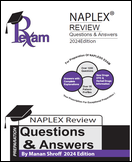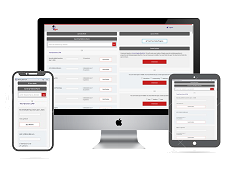
Which of the following statements is/are TRUE ABOUT Palforzia? [Select ALL THAT APPLY]
a. The active ingredient found in Palforzia is Arachis hypogaea.
b. It is indicated to prevent peanut hypersensitivity.
c. It indicated for the emergency treatment of allergic reactions, including anaphylaxis.
d. It should not be administered in patients with uncontrolled asthma.
e. It is available only through a restricted program Palforzia REMS.
Which of the following statements is/are TRUE ABOUT Palforzia? [Select ALL THAT APPLY]
a. The active ingredient found in Palforzia is Arachis hypogaea.
b. It is indicated to prevent peanut hypersensitivity.
c. It indicated for the emergency treatment of allergic reactions, including anaphylaxis.
d. It should not be administered in patients with uncontrolled asthma.
e. It is available only through a restricted program Palforzia REMS.
Answer: (a,b,d,e). The active ingredient found in Palforzia is (Peanut (Arachis hypogaea) Allergen Powder-dnfp). It is an oral immunotherapy indicated for the mitigation of allergic reactions, including anaphylaxis, that may occur with accidental exposure to peanut. Palforzia is approved for use in patients with a confirmed diagnosis of peanut allergy.
Palforzia can cause anaphylaxis, which may be life-threatening and can occur at any time during Palforzia therapy. It is NOT indicated for the emergency treatment of allergic reactions, including anaphylaxis.
Prescribe injectable epinephrine, instruct and train patients on its appropriate use, and instruct patients to seek immediate medical care upon its use.
Do not administer Palforzia to patients with uncontrolled asthma. Observe patients during and after administration of the Initial Dose Escalation and the first dose of each Up-Dosing level, for at least 60 minutes.
Palforzia is available only through a restricted program called the Palforzia REMS.



